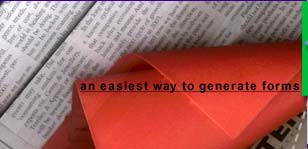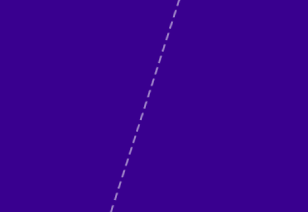 |
|||||
 |
 |
||||
 |
 |
||||
 |
 |
||||
|
A simple thin sheet of paper can be folded and converted into a solid form. The paper can be folded diagonally to give it the shape of a conical or pyramidal form. Paper can be wrapped to give cylindrical forms. These conical, pyramidal and cylindrical forms are suitable for certain architectural functions like exhibition Pavilions or small kiosks, etc. Otherwise these forms are very difficult to sketch manually. This technique of folding paper and manually exploring different types of forms enriches the visual vocabulary of basic design students.
Actual
Exercise Students are asked to make several paper folded forms. Some short listed forms are further cultured to make it more sculptural. The cut-outs and colour schemes are then added.
A comparative study of various types of paper sculptures is expected from the students. The plain uncut paper sculpture can be compared along with the sculptures with cut-outs and colour schemes. One will realize that, the original form has to achieve visual improvement (aesthetically) by introduction of cut-outs and the application of a colour scheme. Certain forms certainly need colour application and openings. But generally speaking, meaningful openings and restrained use of colours improve the appearance of the basic paper form. |
||||
|
For more details contact - Ar.
Shirish Sukhatme
|


